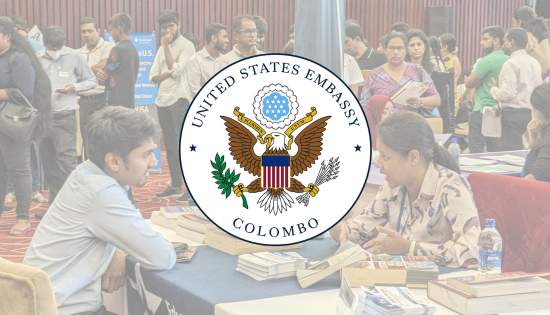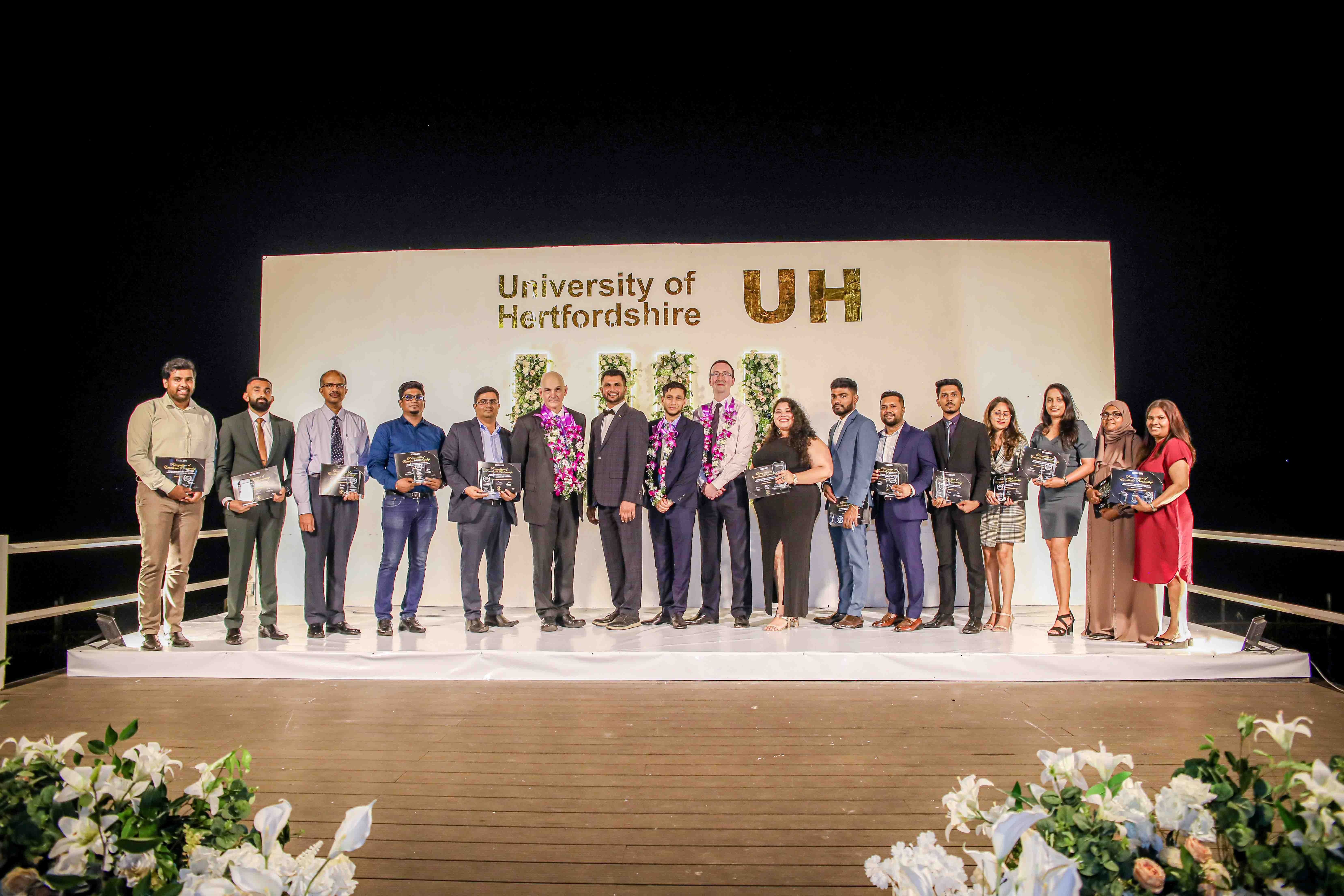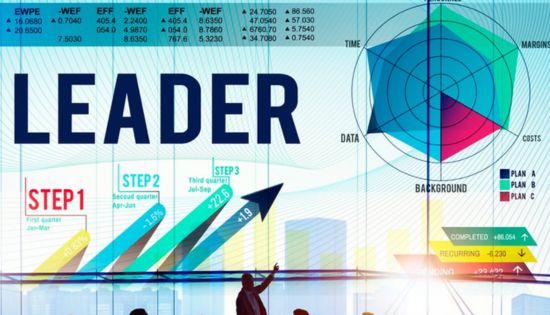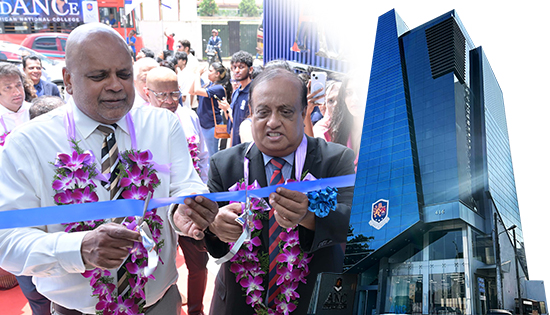Automation or augmentation? This is how AI will be integrated into the jobs of tomorrow
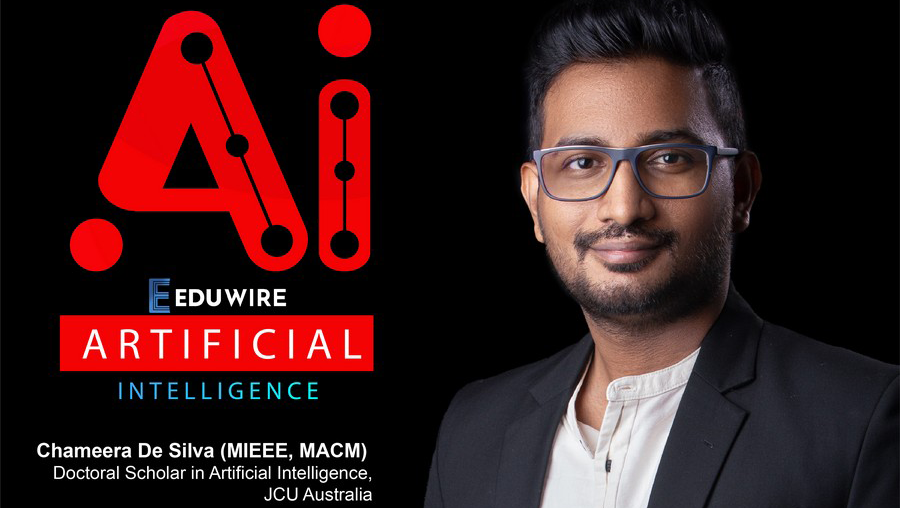
While artificial intelligence (AI) is already having an impact on the world of work, AI could struggle to figure out what exactly that impact will be. That’s because the critical thinking and analytical skills needed to make such an assessment are harder to automate. But are they skills that could be augmented by AI?
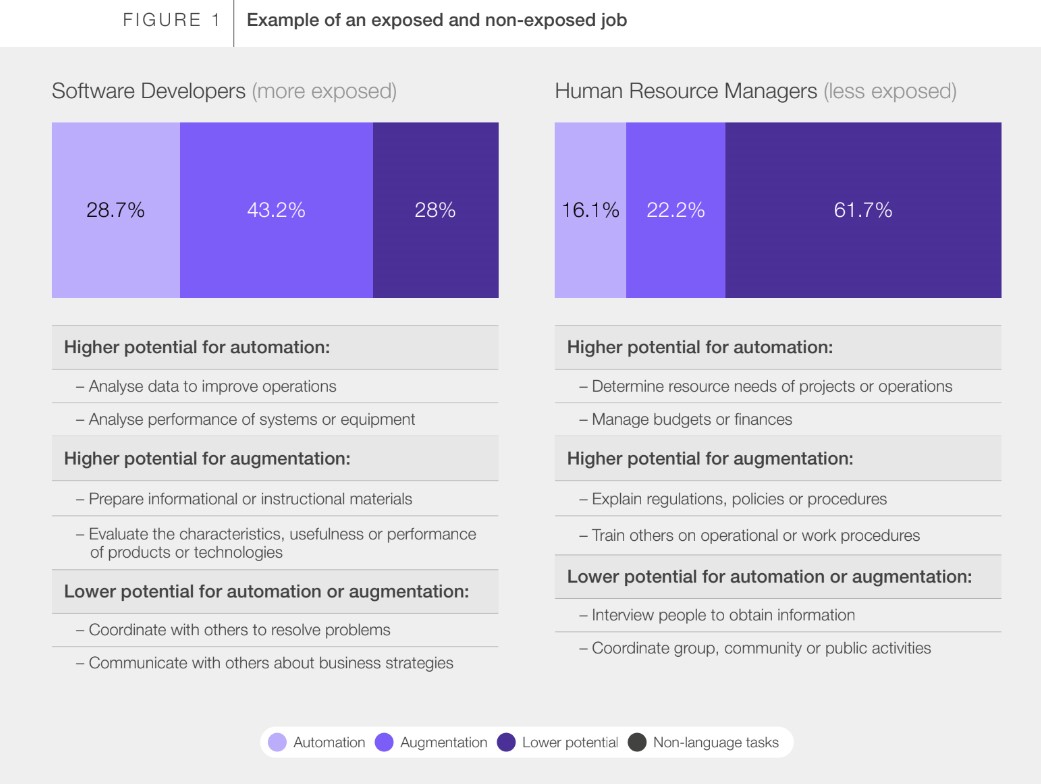
As we stand on the brink of a technological revolution that is fundamentally altering the way we live, work, and relate to one another, the integration of Artificial Intelligence (AI) into the workplace has sparked a significant debate: Automation or Augmentation? This discourse delves into whether AI should primarily replace human Labor to enhance efficiency and reduce costs or augment human capabilities to create unprecedented levels of productivity and innovation. With AI’s potential to transform industries and redefine roles, the question remains: How will AI be seamlessly integrated into the jobs of tomorrow, balancing technological advancements with human insight and creativity?
The Case for Automation
Automation, in the context of artificial intelligence (AI), fundamentally reshapes how tasks are performed, particularly those that are repetitive and manual in nature. This transformation leverages AI to execute operations with precision and efficiency, far beyond human capabilities for tasks such as data processing, assembly line production, and customer service inquiries. The automation wave has brought about significant efficiency gains and cost reductions across various industries. For instance, in manufacturing, robotic assembly lines have drastically increased production rates while minimizing errors, leading to lower operational costs and higher quality products. In the realm of finance, automated algorithms analyse vast amounts of data to detect fraud more quickly than human analysts.
While the benefits of automation are clear, this shift also raises concerns about the future of employment. As machines take over tasks previously performed by humans, there is a tangible risk of job displacement across sectors. This transition challenges the workforce to adapt to a rapidly changing job market, where the demand for manual and routine skills declines in Favor of more complex and technical capabilities.
Consequently, there is a pressing need for re-skilling and up-skilling initiatives. Governments, educational institutions, and businesses must collaborate to provide training programs that equip workers with the skills necessary to thrive in an increasingly automated world. This approach not only addresses the immediate challenges of job displacement but also capitalizes on the opportunities presented by AI and automation, fostering a workforce that is resilient, versatile, and prepared for the jobs of tomorrow.
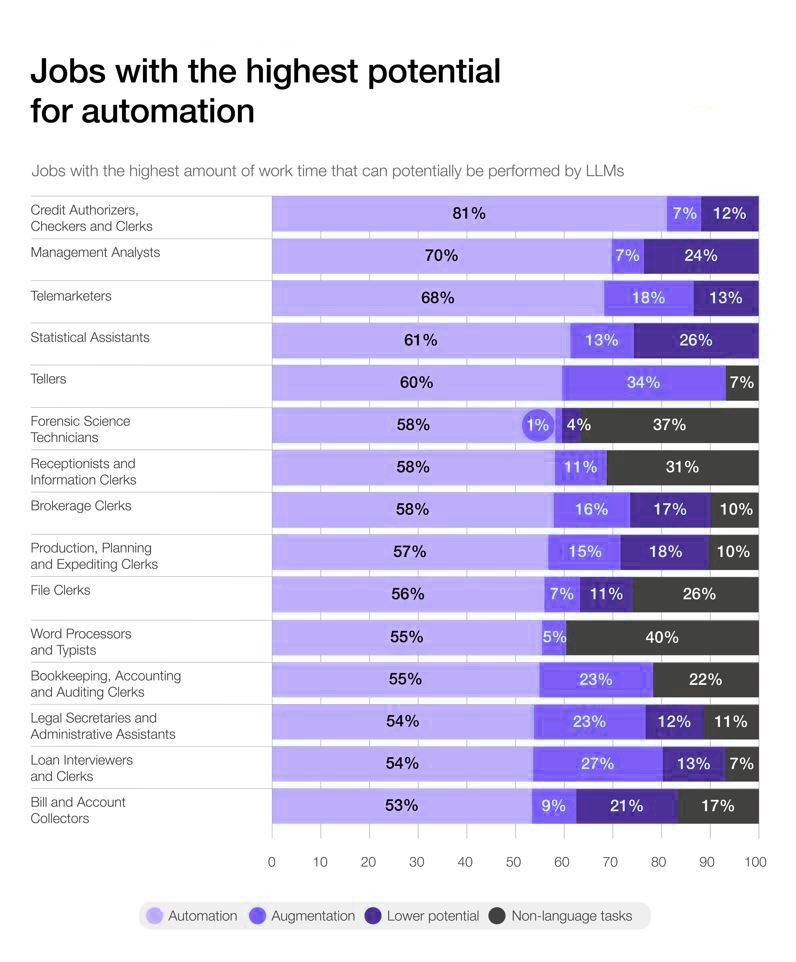
The Case for Augmentation
Augmentation, in the context of artificial intelligence (AI), focuses on enhancing and extending human capabilities rather than replacing them. This paradigm shift allows AI to work alongside humans, augmenting their skills and enabling them to achieve more than they could unaided. For instance, in the healthcare sector, AI-powered tools assist doctors in diagnosing diseases with higher accuracy and speed by analyzing medical images or patient data that might take much longer for a human to interpret. Similarly, in the creative industries, AI algorithms provide artists and designers with new tools for creativity, offering suggestions that can inspire novel ideas or streamline the creative process.
Moreover, AI augmentation is revolutionizing decision-making and problem-solving across various fields. In business, AI-driven analytics platforms help executives make informed decisions by providing insights derived from large datasets, insights that would be difficult or impossible for humans to glean without computational assistance. This collaborative interaction between human intuition and AI’s analytical prowess leads to more innovative solutions and strategic approaches to challenges.
The benefits of AI augmentation are multifaceted, ranging from improved efficiency and productivity to enhanced creativity and innovation. By amplifying human intelligence with AI, workers can perform tasks with greater precision and insight, pushing the boundaries of what is possible in their respective fields. This symbiotic relationship between humans and AI paves the way for a future where technology acts as an empowered, facilitating growth and learning rather than acting as a replacement.
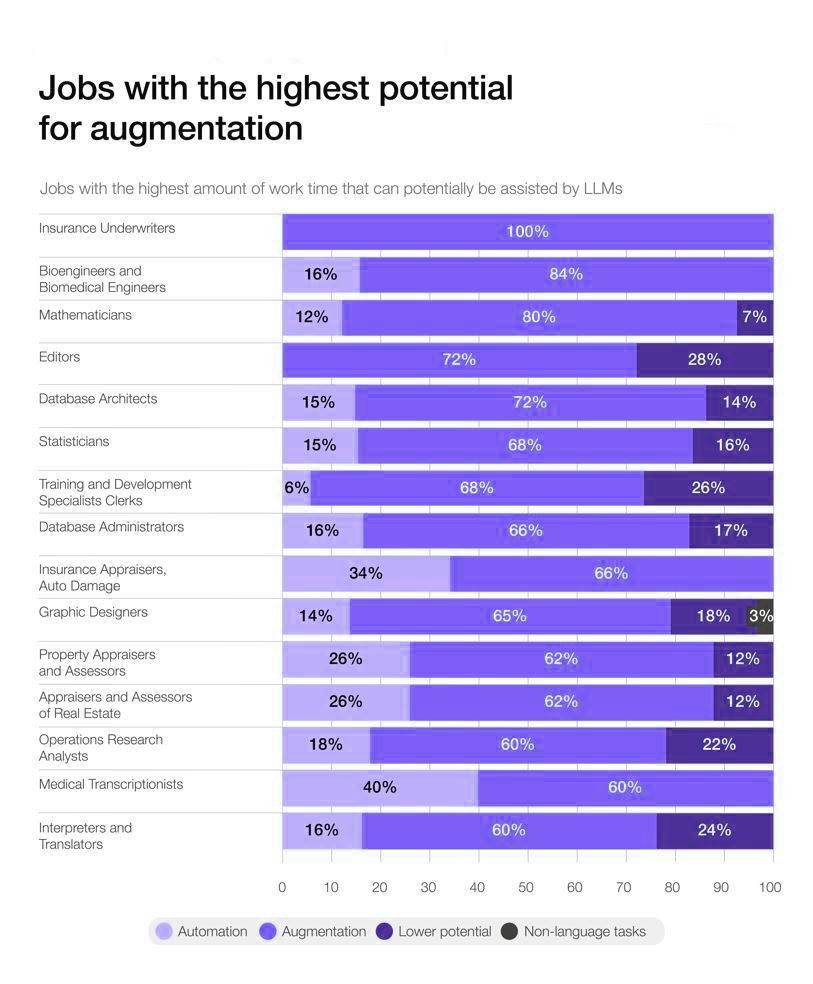
Balancing Automation and Augmentation in the Workplace
Integrating Artificial Intelligence (AI) into the workplace presents a transformative opportunity to enhance efficiency and innovation. Achieving a balance between automation—where AI systems perform tasks independently—and augmentation—where AI supports human decision-making—requires strategic planning. This balance ensures that while routine tasks are automated, leading to increased productivity and cost savings, employees are also empowered to tackle more complex challenges with AI’s support.
Policy-making plays a crucial role in this integration. Governments and organizations must develop regulations and guidelines that encourage the ethical use of AI, protect jobs, and ensure equitable access to the benefits AI brings. This includes policies that address the re-skilling of workers displaced by automation and the creation of new job categories that emerge from AI’s capabilities.
Education and training are equally important, as they prepare the current and future workforce for a rapidly evolving job market. Investing in continuous learning and development programs can equip employees with the skills needed to work alongside AI. By focusing on collaboration between humans and AI, businesses can unlock new levels of creativity and problem-solving.
In summary, a strategic approach that includes thoughtful policy-making, comprehensive education, and robust training programs is essential for a smooth transition to AI-enhanced jobs. This ensures that automation and augmentation not only coexist but thrive together, fostering an environment where humans and AI work in synergy to drive progress and innovation.
The article underscores the transformative potential of artificial intelligence (AI) in reshaping the landscape of employment. It emphasizes that while AI introduces automation capabilities, leading to fears of job displacement, its true value lies in augmentation—enhancing human capabilities and creating new opportunities for innovation and productivity. The critical takeaway is that the positive impact of AI on jobs can be maximized through deliberate management strategies that focus on leveraging AI as a tool for augmentation rather than merely a means of reducing labour costs.
To harness the benefits of AI effectively, stakeholders—including policymakers, businesses, and educational institutions—must consider the ethical implications of AI integration, ensuring that the transition to an AI-enhanced workforce is equitable and inclusive. Additionally, there is a pressing need for comprehensive educational programs that equip workers with the skills necessary to thrive in an AI-enhanced job market. The call to action is clear: stakeholders must engage in thoughtful planning and collaboration to ensure that AI serves as a catalyst for positive change, fostering an environment where technology and humanity coalesce to create a more efficient, innovative, and inclusive workforce.
Related News
Commanding Respect, Not Fear: The Modern Leader’s Approach to Team Management
Influence, vision and the capacity to lead a group of people toward shared objectives are more important components of effective leadership than…
Read MoreRedefining Education: ANC Launches Futuristic Academic Hub in the Heart of Colombo
A Bold Leap into the Future of Higher Education April 21st, 2025 – ANC Education, Sri Lanka’s pioneering private higher education provider…
Read MoreA Vision Beyond Limits: The Inspiring Educational Journey of Deshamanya Dr. Nilu Anandappa”
Dr. Nilu Anandappa In a world where education often revolves around rigid systems and exam scores, few educators rise as true pioneers…
Read MoreCSSL Announces NITC 2025: Shaping Sri Lanka’s Digital Future with Society 5.0
The Computer Society of Sri Lanka (CSSL) proudly announced the 43rd edition of the National IT Conference (NITC) 2025, the country’s premier…
Read MoreApply Now: French Embassy Research Scholarships 2025 Open for Applications
The French Embassy in Sri Lanka and the Maldives is proud to announce the opening of its annual call for applications to…
Read MoreCourses
-
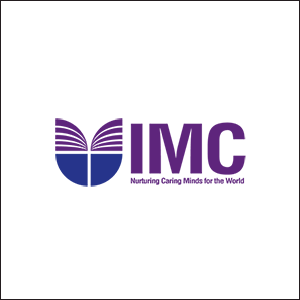
IMC – Bachelor of Psychology
IMC Education Overview IMC Campus in partnership with Lincoln University College (LUC) Malaysia offers Bachelor of Psychology Degree right here in Sri… -

ANC – BA (Hons) International Business Management (Top-Up)
ANC Education Overview Designed in partnership with public and private business organizations, this program develops one’s ability to critically evaluate business models… -
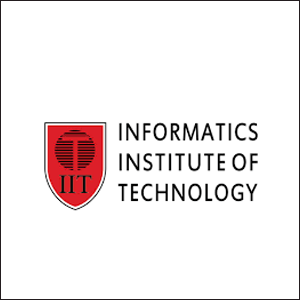
IIT – BSc (Hons) Computer Science
IIT Campus Overview BSc (Hons) Computer Science provides a solid foundation and training regarding the fundamentals of the computer science field, along… -
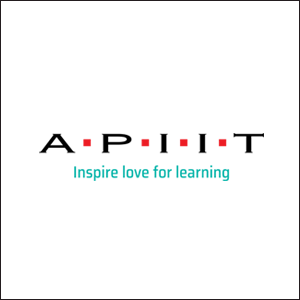
APIIT – BSc (Hons) Cyber Security
APIIT Sri Lanka Overview Our BSc (Hons) Cyber Security award is designed to launch your future career in the protection of software… -

ICBS – BSC (Hons) Business Management with Marketing Management
ICBS Overview The BSc (Hons) Business Management with Marketing program, awarded by Queen Margaret University (QMU), is a highly regarded degree that… -
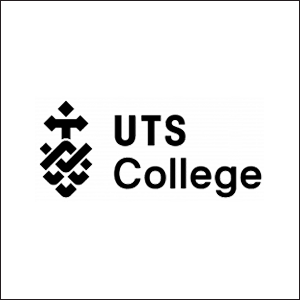
UTS – Diploma of Science
UTS College Sri Lanka Overview The Diploma of Science is designed to empower you to apply scientific thinking and analysis to important… -

CSA – Master of Architecture and Environmental Design
City School of Architecture Overview The Master of Architecture and Environmental Design Degree at CSA is awarded by the University of the… -

APIIT – BSc (Hons) International Business Management
APIIT Sri Lanka Overview Increasingly businesses are becoming more and more international. This requires business management professionals to have knowledge, skills and… -

IIT – BSc (Hons) Artificial Intelligence And Data Science
IIT Campus Overview The BSc (Hons) Artificial Intelligence and Data Science course is awarded by Robert Gordon University (RGU) in the UK… -

ICBS – International Degree Foundation in Business / IT
ICBS Overview The Scottish Qualification Authority (SQA) is a globally recognized organization dedicated to education and qualification development. SQA is responsible for… -

APIIT – BA (Hons) Finance and Business Enterprise
APIIT Sri Lanka Overview Finance and accounting are no longer just about taxation and the management of financial capital. This award will… -

APIIT – MBA General
APIIT Sri Lanka Overview The MBA is awarded by Staffordshire University, UK. This award is an advanced course of study in management… -

ANC – LLM in International Business & Commercial Law
ANC Education Overview This course is designed for graduates of law, business and finance in a legal or a corporate job role… -
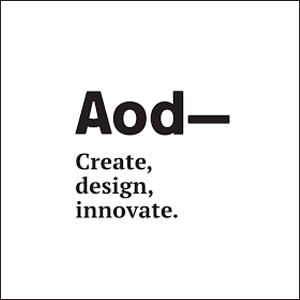
AOD – BA (Hons) Fashion Design and Marketing
Academy of Design Overview The syllabus is from the UK’s Northumbria University, as one of their most revered flagship programmes and is… -

APIIT – MSc. Marketing Management
APIIT Sri Lanka Overview This MSc Marketing Management degree – awarded by Staffordshire University, UK is an advanced course of study in…
Newswire
-

Schoolboy assaulted to death : Update from Police
ON: April 24, 2025 -

New directive for Police on helmet users
ON: April 24, 2025 -

LG polls : Postal voting begins
ON: April 24, 2025 -

Rain expected in several provinces today
ON: April 24, 2025



